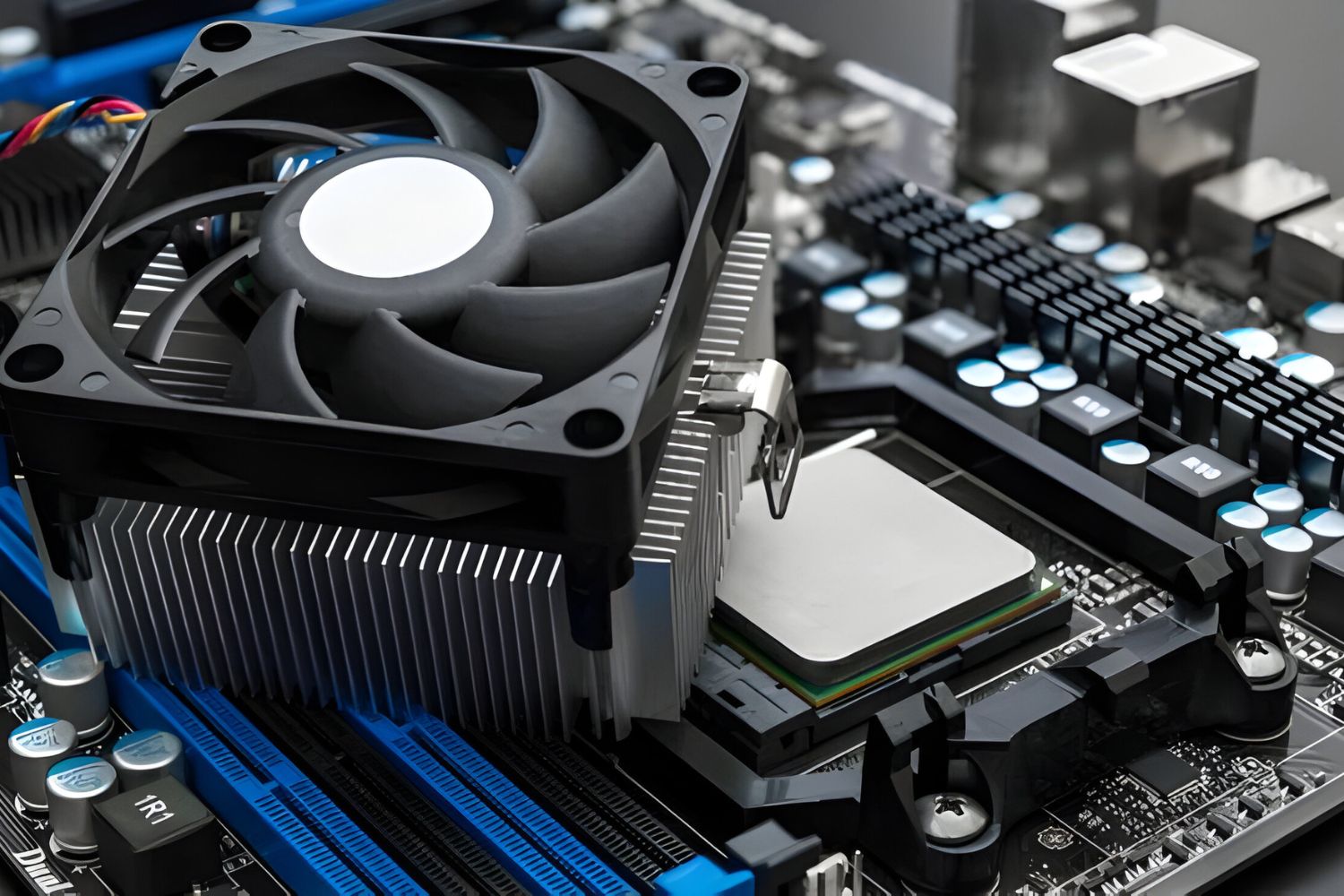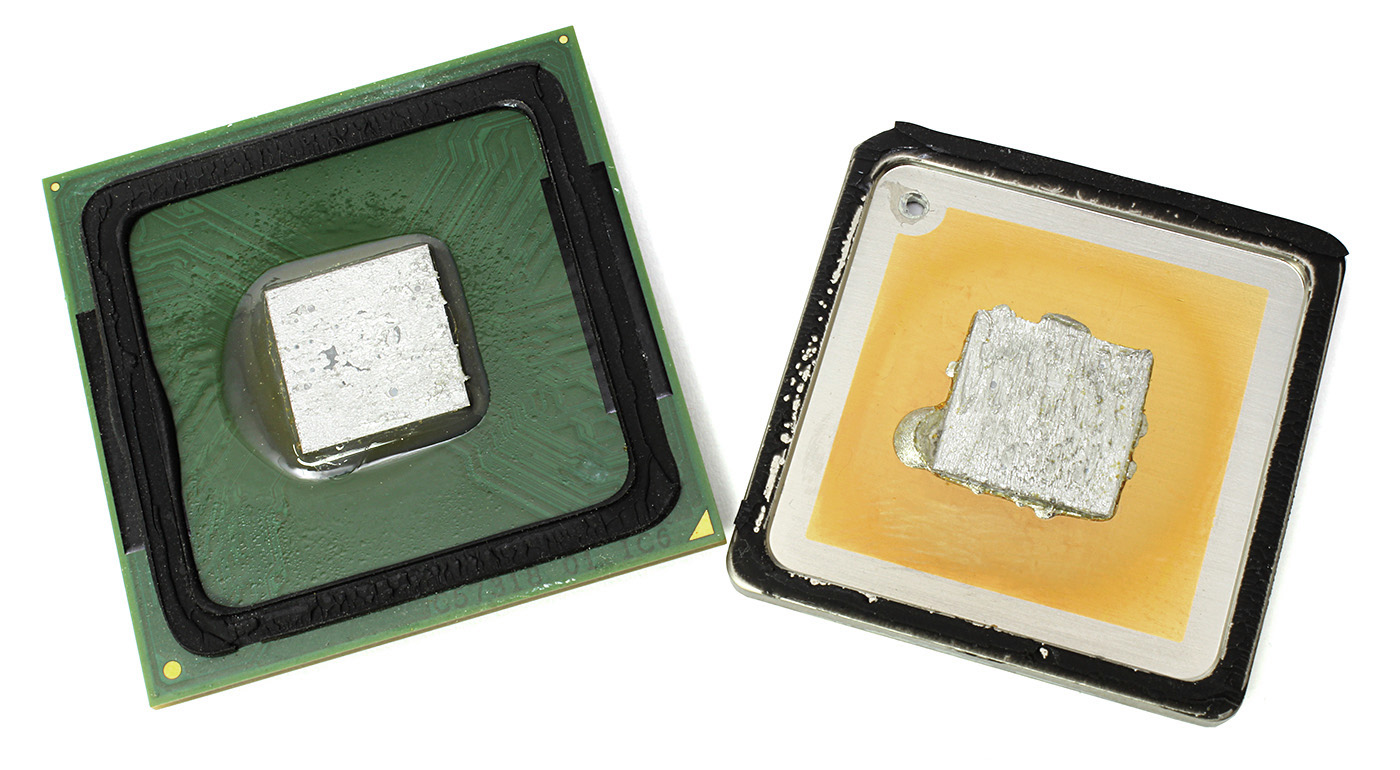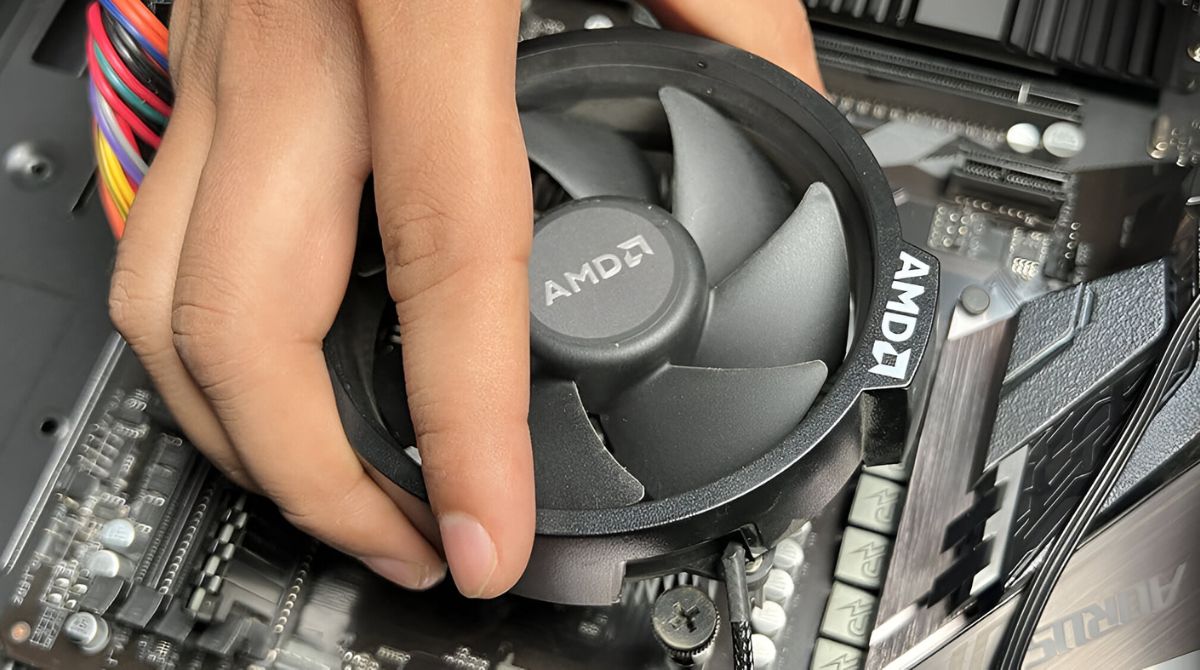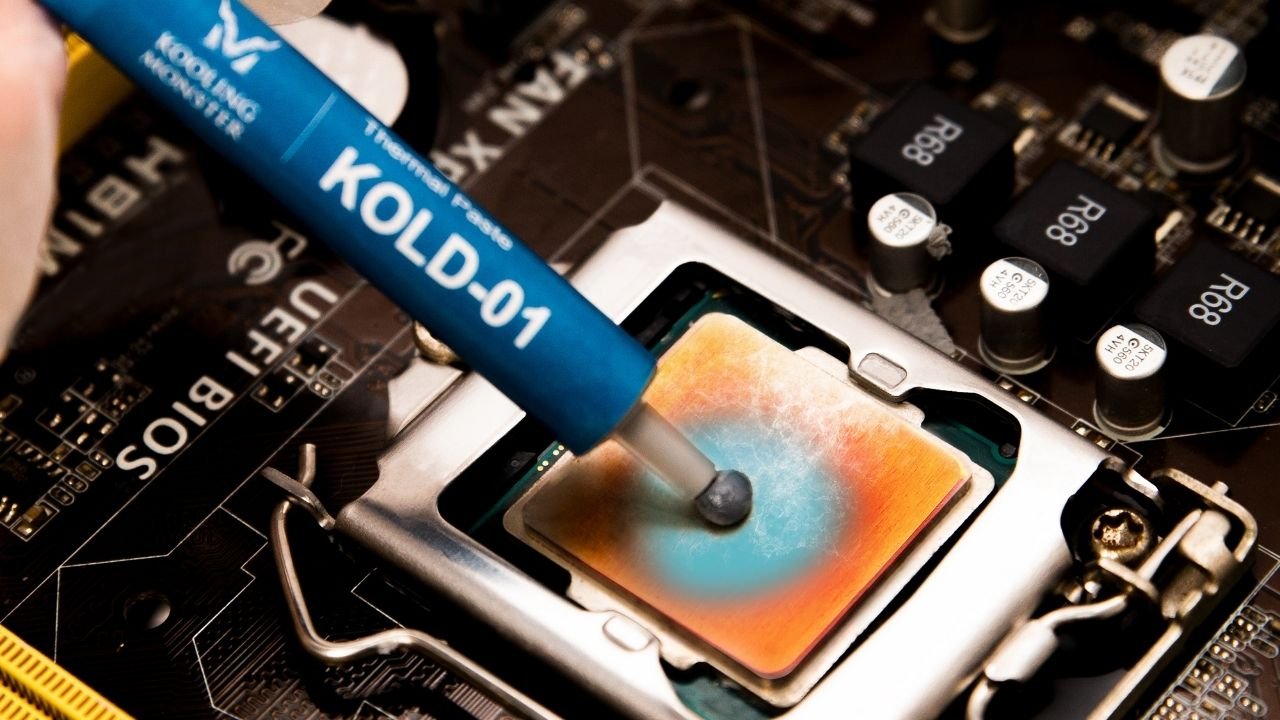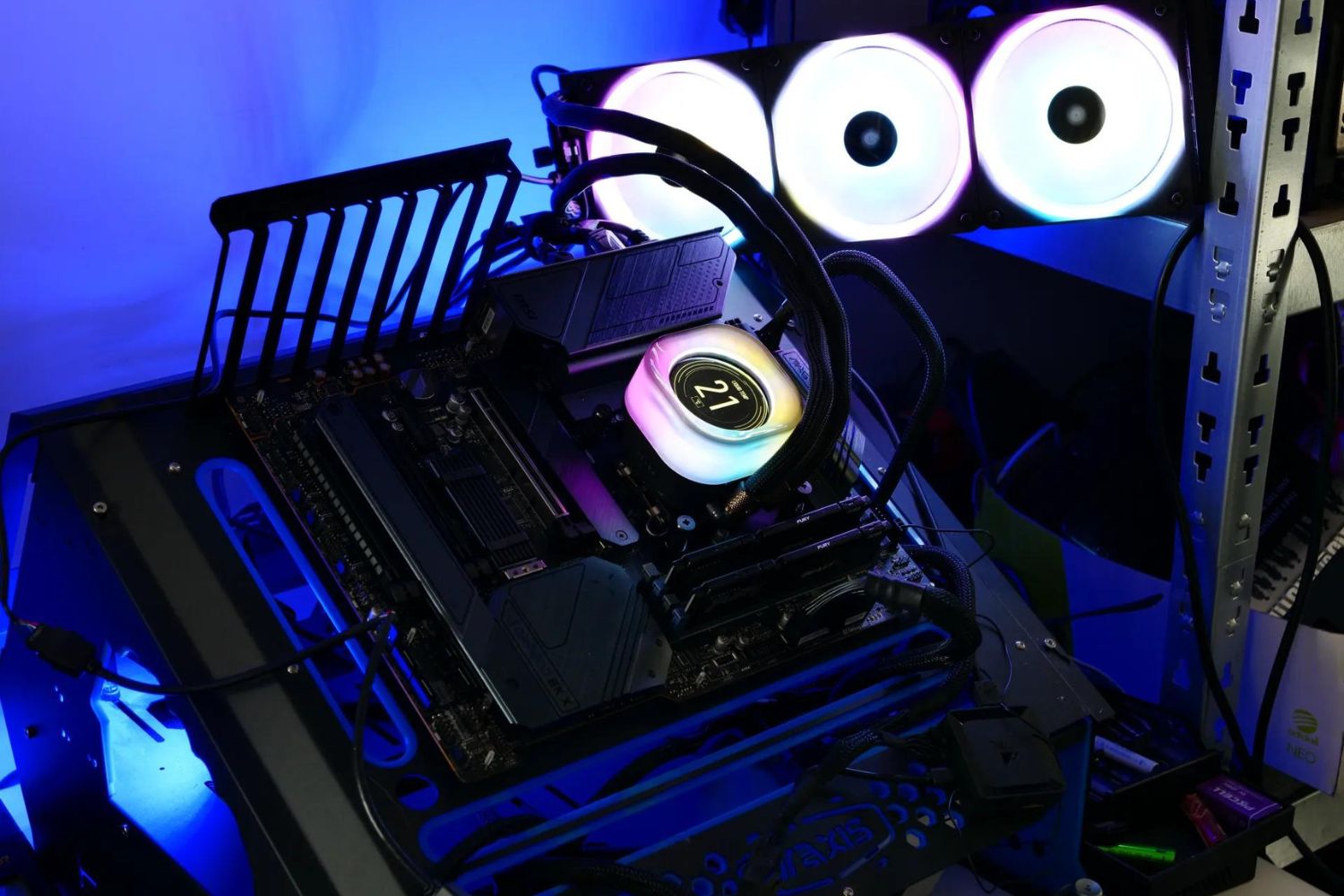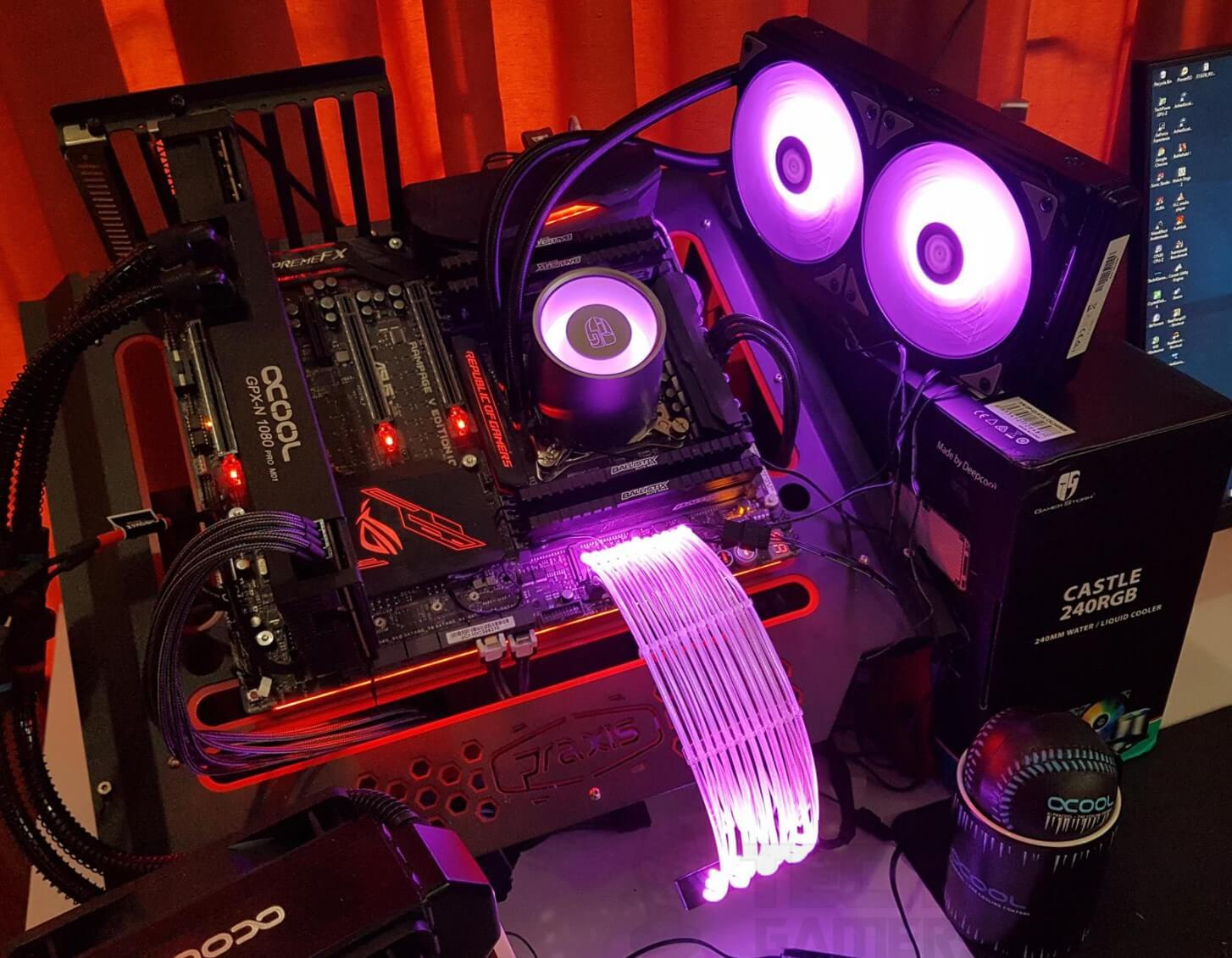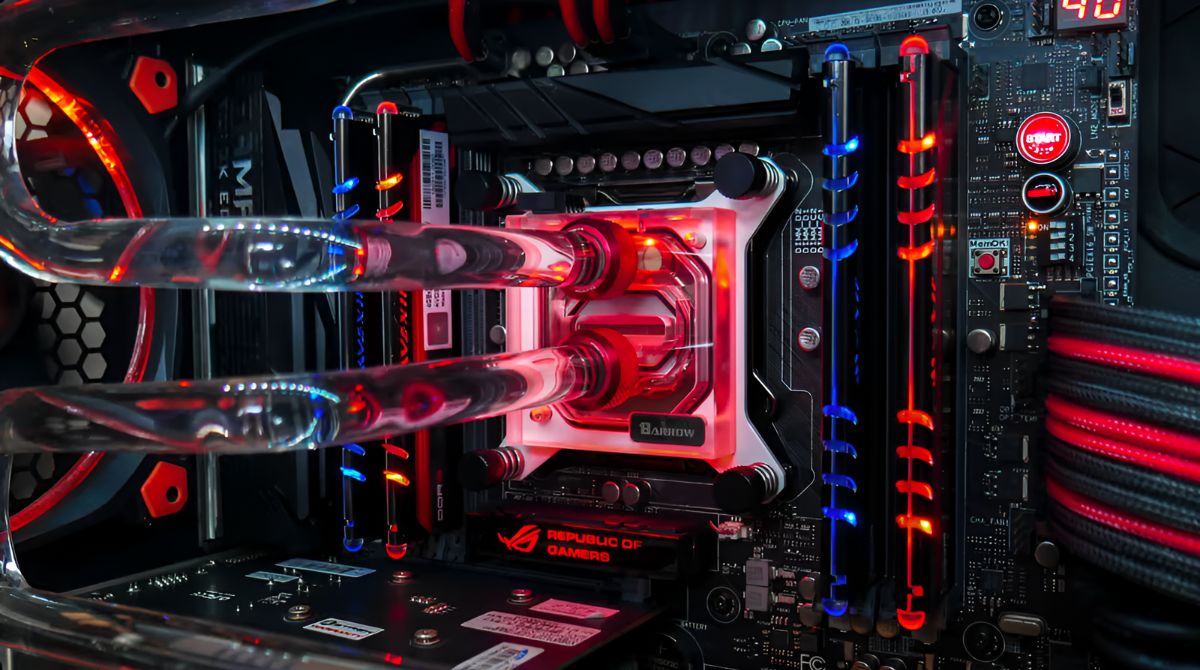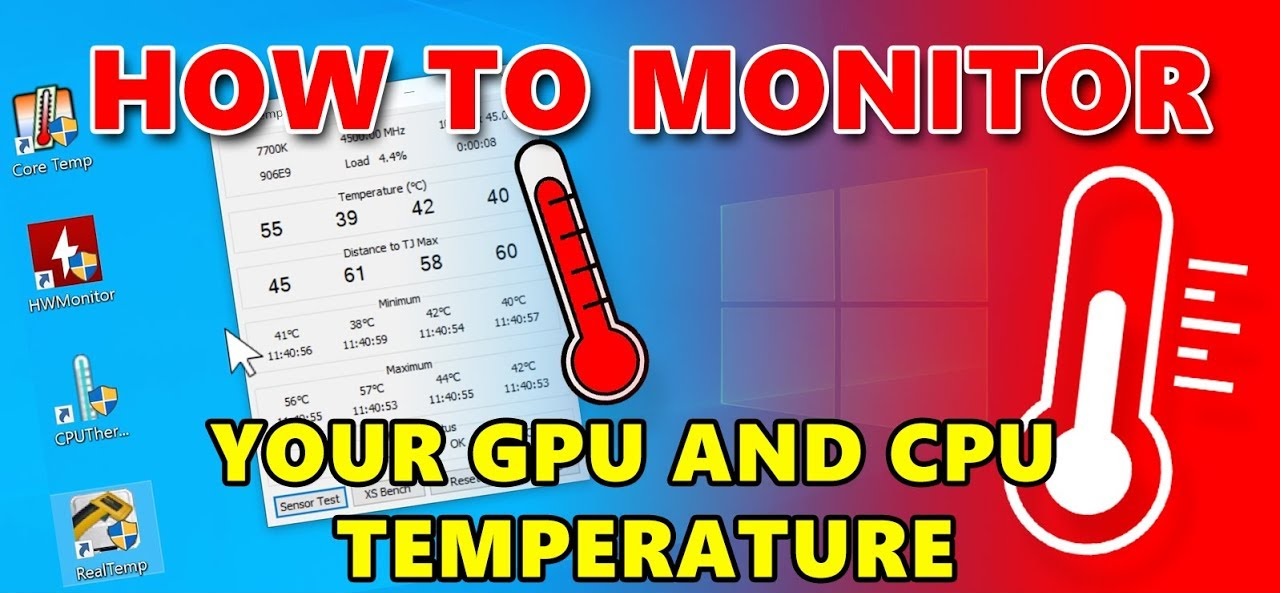Introduction
A CPU cooler is an essential component of any computer system. Its main function is to dissipate the heat generated by the central processing unit (CPU) and maintain optimal operating temperatures. Without a properly functioning CPU cooler, the risk of overheating and potentially damaging the CPU increases significantly.
Over time, like any other piece of technology, a CPU cooler can deteriorate and eventually fail. Understanding the factors that can cause a CPU cooler to die is crucial in order to prevent such failures and ensure the longevity of your computer system.
In this article, we will explore the various reasons why a CPU cooler may die and how they can be addressed. From overheating and age-related wear to dust buildup and fan or pump failure, each factor can impact the performance of a CPU cooler and ultimately compromise the stability of your computer system.
We will also discuss how issues such as thermal paste degradation, power supply problems, and improper installation can contribute to the demise of a CPU cooler. By identifying these potential causes and taking the necessary preventive measures, you can save yourself from the inconvenience and expense of dealing with a malfunctioning CPU cooler.
It is important to note that the information provided in this article is applicable to both air coolers and liquid coolers, although some issues may be more common with one type than the other. Regardless of the cooling solution you have, understanding the underlying causes of CPU cooler failure will empower you to take appropriate action to prolong its lifespan and maintain the optimal functioning of your computer.
Overheating
One of the primary reasons why a CPU cooler may fail is due to overheating. When a CPU generates excessive heat during operation, it can surpass the cooling capacity of the cooler and lead to thermal throttling or even permanent damage.
Several factors can contribute to overheating, such as inadequate ventilation, high ambient temperatures, or overclocking the CPU beyond its recommended limits. Additionally, if the CPU cooler’s thermal conductivity or contact with the CPU surface is compromised, heat transfer efficiency can be significantly reduced.
To prevent overheating, it is crucial to ensure that the CPU cooler is properly installed and securely mounted onto the CPU. The thermal interface material, usually thermal paste, should be applied correctly to maximize heat transfer between the CPU and the cooler.
Regularly cleaning the CPU cooler and removing any accumulated dust or debris is also essential to maintain optimal airflow and heat dissipation. If the cooling fan or heatsink becomes clogged, it can impede airflow and result in increased temperatures.
In cases where the CPU cooler is unable to handle the heat generated by the CPU, upgrading to a more powerful cooler may be necessary. This is particularly relevant for those who engage in resource-intensive tasks like gaming or video editing, where the CPU tends to operate at higher temperatures.
Monitoring the CPU temperatures through software utilities and adjusting the fan speed or the CPU’s power settings can also help mitigate overheating issues. By keeping a close eye on the temperatures and ensuring they remain within the recommended range, you can prolong the life of your CPU cooler and prevent any potential damage caused by overheating.
Age and Wear
Like any mechanical component, a CPU cooler is subject to wear and degradation over time. As the cooler ages, its efficiency in dissipating heat may decrease, leading to potential failures and performance issues.
The wear and tear on a CPU cooler can manifest in various ways. The fans may become worn out or develop bearing problems, resulting in reduced airflow and inadequate cooling. The heatsink fins may become bent or corroded, impairing their ability to efficiently transfer heat away from the CPU.
Furthermore, the thermal interface material, such as thermal paste or pads, can degrade over time, losing its effectiveness in transferring heat from the CPU to the cooler. This can cause increased temperatures and potential thermal throttling.
Age-related wear can also lead to other issues, such as loose or unstable mounting brackets. If the cooler is not securely attached to the CPU, there can be poor heat conduction and improper cooling.
Preventing age-related wear and extending the life of the CPU cooler can be achieved through regular maintenance. Cleaning the cooler and replacing the thermal interface material on a periodic basis can help optimize heat transfer and preserve the cooler’s efficiency.
It is important to note that the lifespan of a CPU cooler can vary depending on factors such as the quality of the cooler, usage patterns, and environmental conditions. High-quality coolers with durable components may last longer than lower-quality alternatives.
If you notice signs of age-related wear, such as increased temperatures or abnormal noises, it may be time to consider replacing the CPU cooler. Upgrading to a newer model with improved features and better cooling capabilities can help ensure optimal performance and prevent potential failures caused by age-related wear.
Dust and Dirt Buildup
Dust and dirt accumulation is a common issue that can affect the performance and lifespan of a CPU cooler. Over time, airborne particles can settle on the cooling fan, heatsink, and other components, obstructing airflow and impeding heat dissipation.
When dust and dirt accumulate on the CPU cooler, it forms an insulating layer that inhibits the transfer of heat from the CPU to the cooler. This can lead to higher CPU temperatures, reduced performance, and potential system instability.
To prevent dust and dirt buildup, it is important to regularly clean the CPU cooler. This can be done by using compressed air or a soft brush to remove the accumulated particles. Pay close attention to the fan blades, heatsink, and any other crevices where dust may gather.
In addition to regular cleaning, implementing proper air filtration in the computer case can significantly reduce the amount of dust entering the system. Dust filters on intake fans or using a positive air pressure setup can help minimize the risk of dust buildup on the CPU cooler.
It is worth noting that certain environments, such as those with high levels of airborne particles or pet hair, may require more frequent cleaning to maintain optimal cooling efficiency.
In extreme cases, where dust and dirt buildup is extensive and cleaning no longer provides satisfactory results, replacing the CPU cooler may be necessary. Upgrading to a cooler with better dust resistance or easier maintenance can help mitigate the impact of dust accumulation and ensure efficient heat dissipation.
Regular maintenance and proactive measures to prevent dust and dirt buildup are essential to extend the life of a CPU cooler and maintain the overall performance and stability of the computer system.
Fan Failure
One of the common culprits behind CPU cooler malfunctions is fan failure. The cooling fan plays a vital role in facilitating airflow and dissipating heat from the CPU. When the fan stops working or operates at reduced speed, it can result in inadequate cooling and increased temperatures.
There are several reasons why a CPU cooler fan may fail. One possibility is a mechanical issue, such as a damaged or seized bearing. Over time, the constant rotation and exposure to heat can cause the fan’s bearings to wear out, leading to a sluggish or completely non-functional fan.
Another potential cause of fan failure is electrical issues. A faulty fan motor or a problem with the connection between the fan and the motherboard can prevent the fan from receiving power and functioning properly.
Regular maintenance, such as cleaning and lubricating the fan, can help prevent mechanical issues and extend the lifespan of the fan. However, fans have a limited lifespan, and eventual failure is inevitable.
If you suspect that the fan in your CPU cooler has failed, you can try troubleshooting steps such as checking the connection and ensuring that the fan is receiving power. If these steps do not resolve the issue, a replacement fan may be needed.
Replacing a CPU cooler fan can be a relatively simple task, as most coolers have standardized fan sizes and mounting mechanisms. It is important to choose a fan that is compatible with your CPU cooler and meets your cooling requirements.
Furthermore, upgrading to a more advanced fan with features such as improved airflow and PWM control can enhance cooling performance and reduce fan noise.
Regularly monitoring the fan speed and temperature using software utilities can help identify potential fan failures early on. This allows for prompt action and minimizes the risk of CPU damage due to insufficient cooling.
Pump Failure
For liquid CPU coolers, pump failure is a significant concern. The pump is responsible for circulating the cooling liquid through the system, transferring heat away from the CPU to be dissipated by the radiator. When the pump malfunctions or stops working altogether, it can lead to inadequate cooling and increased temperatures.
There are several reasons why a CPU cooler pump may fail. Mechanical issues, such as a damaged impeller or a blockage in the coolant loop, can impede the pump’s ability to circulate the liquid effectively. Over time, wear and tear on the pump components can also lead to failure.
Electrical problems, such as a faulty power connection or a malfunctioning pump controller, can also contribute to pump failure. In some cases, the pump may simply stop receiving the necessary power to operate, resulting in no liquid flow and compromised cooling performance.
Preventing pump failure involves taking proactive measures such as regularly monitoring the pump’s RPM and temperature to ensure optimal performance. Proper maintenance, including cleaning and flushing the liquid cooling loop, can minimize the risk of blockages and extend the lifespan of the pump.
If you suspect pump failure in your liquid CPU cooler, it is important to act promptly. Check the power connections, ensure that the pump is receiving power, and inspect for any visible signs of mechanical damage or blockages. If necessary, consider replacing the pump or upgrading to a more reliable and efficient liquid cooling solution.
It is worth noting that liquid CPU coolers typically have a longer lifespan compared to their air-cooling counterparts. However, depending on usage and maintenance practices, pump failure can still occur. Regular monitoring, maintenance, and addressing any issues promptly are key to preventing pump failure and ensuring effective CPU cooling.
Thermal Paste Degradation
Thermal paste, also known as thermal compound, is a crucial component in the thermal interface between the CPU and the CPU cooler. Its main function is to fill in microscopic imperfections and enhance heat transfer between the two surfaces.
Over time, thermal paste can degrade, resulting in decreased thermal conductivity and reduced cooling effectiveness. This can lead to increased CPU temperatures and potential performance issues.
Several factors contribute to thermal paste degradation. One of the primary causes is simply age. As thermal paste ages, it can dry out or become less effective, resulting in diminished heat transfer capabilities. High operating temperatures can also accelerate the degradation process.
In addition, improper application of thermal paste can impact its longevity and performance. If too much paste is applied, it can create an insulating layer or lead to excess thermal compound overflowing onto other components. Insufficient or uneven application can result in air gaps and reduced contact between the CPU and the cooler, leading to poor heat transfer.
Regularly replacing the thermal paste is a proactive measure to prevent degradation and ensure optimal cooling performance. The frequency of paste replacement depends on factors such as usage, operating temperatures, and the type of thermal paste used.
When replacing the thermal paste, it is important to clean the old paste thoroughly using appropriate cleaning solutions or materials. Ensure that both the CPU and the cooler’s contact surfaces are clean and free from any residue before applying a fresh layer of thermal paste.
Choosing a high-quality thermal paste and following the manufacturer’s instructions for application is crucial for achieving optimal heat transfer and preventing degradation over time.
Regularly monitoring CPU temperatures and inspecting for any signs of paste degradation, such as increased temperatures or poor heat dissipation, can help identify when a thermal paste replacement is necessary. By staying proactive and maintaining good thermal paste practices, you can ensure efficient cooling and prolong the lifespan of your CPU cooler.
Power Supply Issues
Power supply issues can have a significant impact on the overall performance and stability of a CPU cooler. Insufficient or unstable power supply can result in erratic fan speeds, inadequate cooling, and potential failures.
A common power supply issue that can affect CPU coolers is voltage fluctuations. When the voltage supplied to the cooler is inconsistent or outside of the recommended range, it can cause the fans to malfunction or operate at incorrect speeds. This can lead to inadequate cooling and increased CPU temperatures.
Inadequate power supply can also be a problem. If the power supply unit (PSU) does not provide enough power to meet the demands of the CPU and other system components, it can result in reduced performance and compromised cooling capabilities. This is especially relevant for high-performance systems or those with overclocked CPUs.
Another power-related issue is improper power connections. If the CPU fan or pump is not correctly connected to the power headers on the motherboard or the PSU, it can result in intermittent or no power supply to the cooler. This can lead to fan or pump failures and inadequate cooling.
To address power supply issues, ensure that the PSU is capable of providing sufficient and stable power to the CPU cooler and other system components. It is recommended to invest in a high-quality, reliable PSU that meets the power requirements of your system.
Inspecting and securing the power connections for the CPU cooler is also essential. Ensure that the fans or pump are properly connected to the appropriate power headers and that the connections are secure. If necessary, use cable ties or clips to organize and manage the cables to prevent any accidental disconnections.
Monitoring the power supply voltages through BIOS or software utilities can help identify any potential voltage fluctuations or irregularities. If such issues are detected, it may be necessary to consult with a professional or consider replacing the PSU to ensure stable and adequate power supply to the CPU cooler.
By addressing power supply issues, you can optimize the cooling performance of your CPU cooler and prevent potential failures or instability caused by inconsistent or insufficient power.
Improper Installation
Improper installation of a CPU cooler is a common cause of failures and performance issues. Inadequate installation can result in poor contact between the CPU and the cooler, leading to inefficient heat transfer and increased temperatures.
One of the key aspects of proper installation is ensuring that the CPU cooler is compatible with the specific CPU socket on the motherboard. Different CPUs and socket types have different mounting mechanisms, and using an incompatible cooler can result in an unstable or ineffective installation.
Another common mistake is not applying the appropriate amount of thermal paste or applying it unevenly. Insufficient or excessive thermal paste can create air pockets or hinder efficient heat transfer, leading to poor cooling performance.
Tightening the mounting brackets or screws improperly can also cause installation issues. If the cooler is not securely and evenly attached to the CPU, it can create gaps or uneven pressure distribution, resulting in a compromised thermal interface.
Proper cable management is also an important aspect of installation. Improperly routed cables, particularly those obstructing the CPU cooler or its fans, can disrupt airflow and impede cooling efficiency. Ensuring that the cables are neatly organized and do not obstruct the cooler’s airflow can help optimize cooling performance.
To address improper installation, it is crucial to carefully follow the manufacturer’s instructions and guidelines specific to your CPU cooler and motherboard. These instructions will typically provide step-by-step guidance on mounting the cooler, applying thermal paste, and securing the cooler in place.
If you suspect improper installation, it is recommended to disassemble and inspect the mounting mechanism and thermal interface. Ensure that the cooler is securely and evenly mounted, and that an appropriate amount of thermal paste is applied according to the manufacturer’s guidelines.
If needed, consider reapplying the thermal paste and reseating the cooler to ensure proper contact between the CPU and the cooler. Taking the time to verify and correct any installation issues can significantly improve cooling performance and prevent potential failures.
By following the proper installation procedures and taking the necessary steps to ensure a secure and efficient installation, you can optimize the cooling performance of your CPU cooler and maximize its lifespan.
Conclusion
A CPU cooler is a critical component for maintaining the optimal operating temperature and performance of your computer system. Understanding the various factors that can cause a CPU cooler to fail is crucial in preventing potential issues and ensuring the longevity of your system.
Overheating, age and wear, dust and dirt buildup, fan failure, pump failure, thermal paste degradation, power supply issues, and improper installation are all potential culprits for CPU cooler malfunctions. By identifying and addressing these issues, you can prevent damage to your CPU and maintain a stable and efficient system.
Regular maintenance, such as cleaning the CPU cooler and replacing thermal paste, can help mitigate dust buildup and thermal degradation. Monitoring temperatures and fan speeds, as well as addressing power supply issues and ensuring proper installation, are proactive measures that can prevent failures and maintain optimal cooling performance.
It is important to remember that the specific factors that may affect your CPU cooler can vary based on your usage patterns, environmental conditions, and the quality of the cooling solution. By staying vigilant and regularly monitoring your system, you can identify potential issues and take the necessary steps to address them.
Whether you are using an air cooler or a liquid cooler, a well-maintained and properly functioning CPU cooler is essential for the overall longevity and performance of your computer system. Take the time to understand the causes of CPU cooler failure and incorporate preventive measures into your system maintenance routine.
By doing so, you can ensure that your CPU cooler functions optimally, allowing your processor to perform at its best and extending the lifespan of your computer system.







